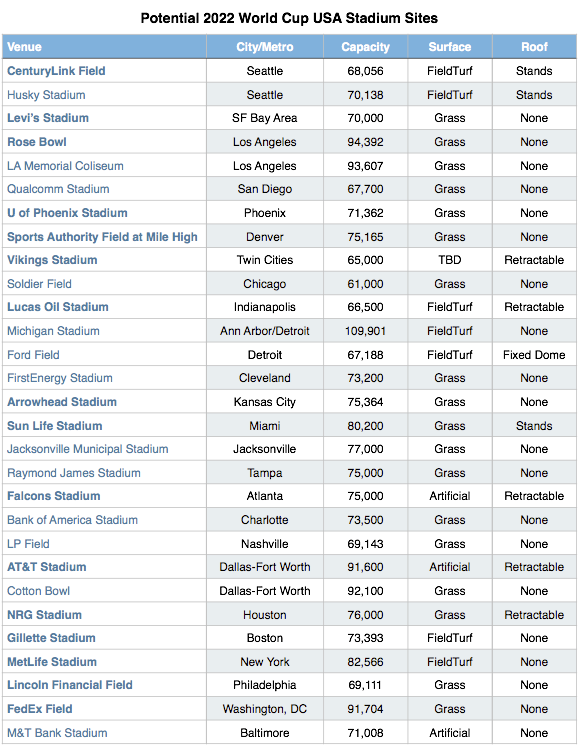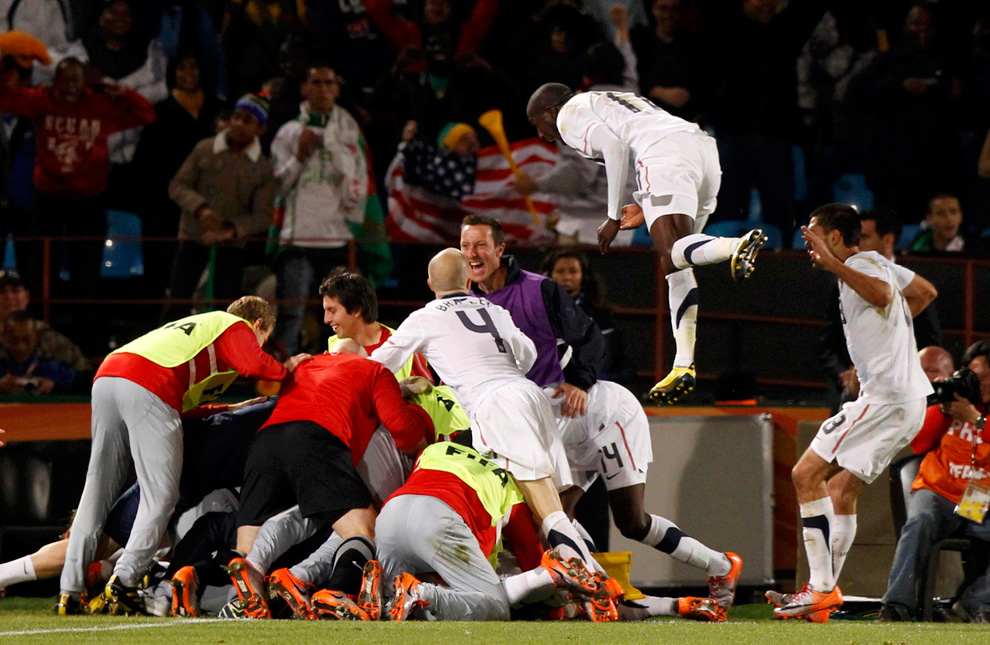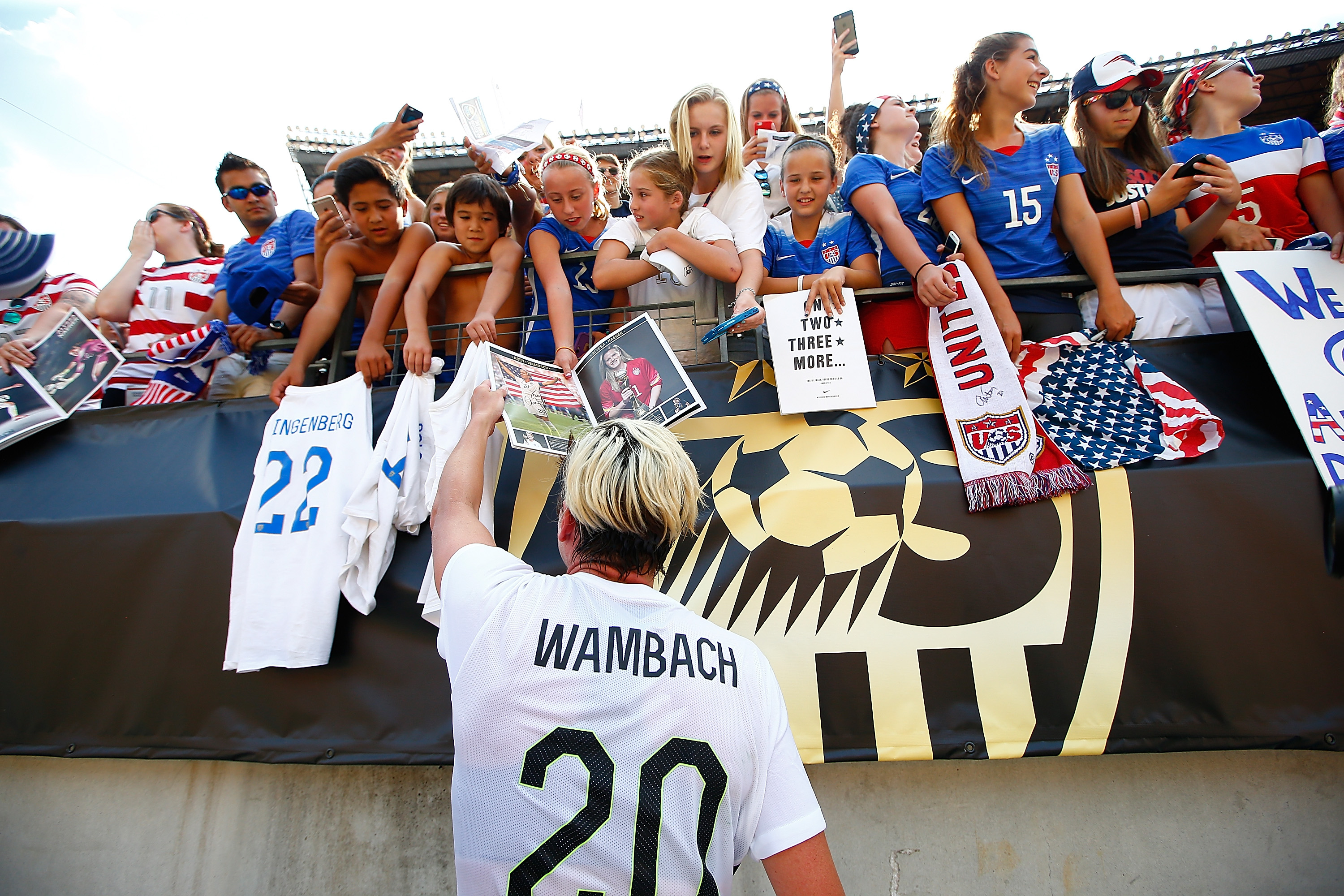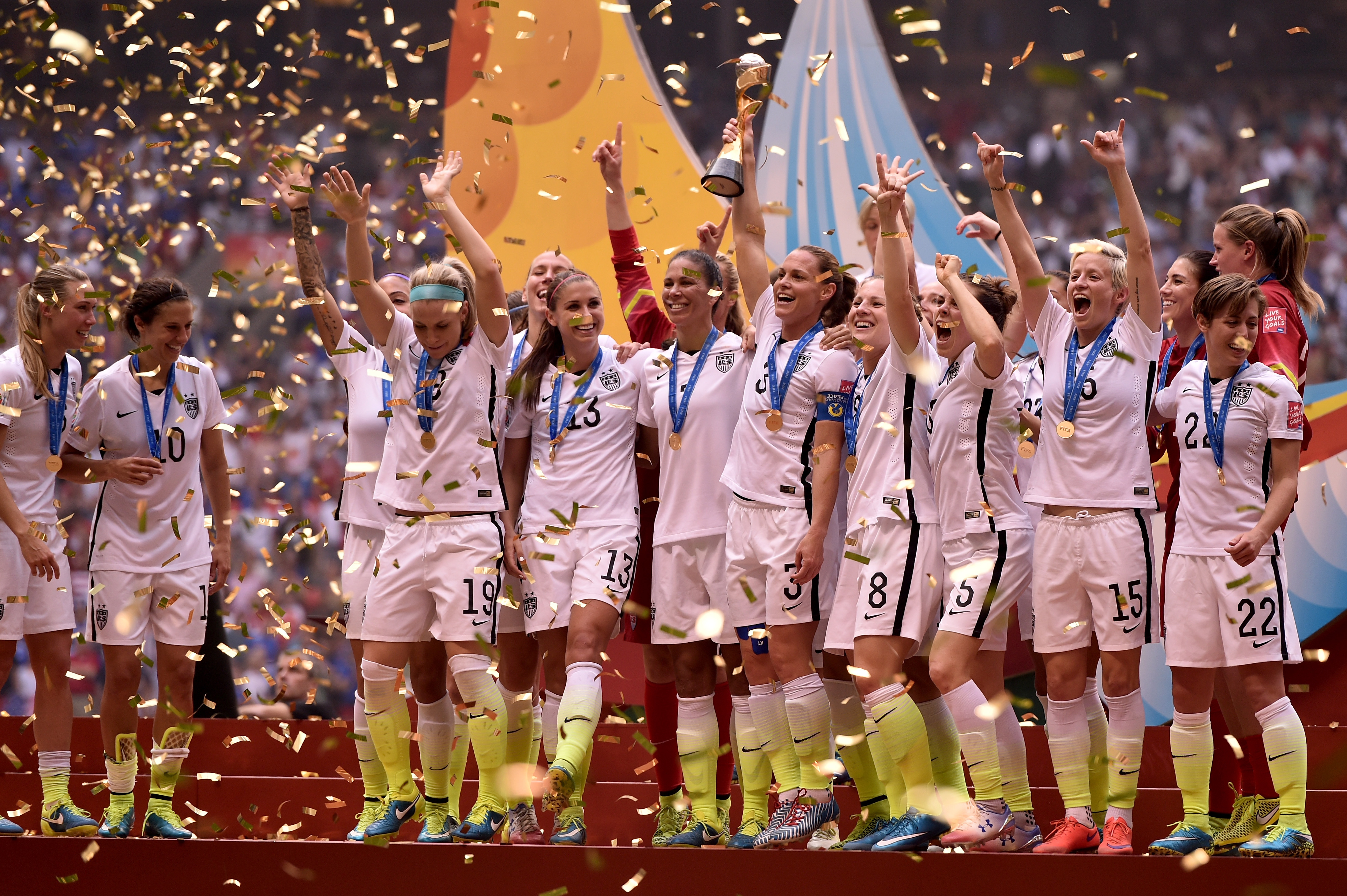The 2014 World Cup has come and gone. In terms of staging the event, the whole affair has to be considered a success for Brazil and FIFA, as long as you don’t speak much about the tamped down civil unrest there. A chief concern going into this edition was that the venues wouldn’t be ready, the infrastructure wouldn’t be in place, and that the huge crowds wouldn’t be properly supported. The concerns largely faded throughout July, allowing fans and the media to turn their attention to the pitch action, which was largely enthralling.
2018’s edition will be held in Russia, a country that has hosted both the Summer and Winter Olympics and has had plenty of money thrown at sports during the Soviet era and in the current kleptocratic phase thanks to oil and gas money. The biggest problem we can expect to see in 2018 is getting around the country, as the venues are spread out around the European part of Russia (sorry Kamchatka). The westernmost naval outlet of Kaliningrad is 1600 miles from the easternmost city of Yekaterinburg. The northernmost host city of Saint Petersburg is 1200 miles from the southernmost host city of Sochi. Fans should plan on getting acquainted with Aeroflot’s schedules, or if you’re lucky enough to be centered within the Moscow-St. Petersburg-Nizhny Novgorod triangle, high speed rail.
As large a geographical spread as Russia shows, it’s nothing compared to what the US showcased in 1994. Though the ’94 Cup was a major success that kickstarted soccer appreciation in the States, hosting the event was a bit trying, mostly because the venues were so far away from each other. There was nothing between the two California venues and Dallas. Orlando was the sole Florida venue, and you had to drive up I-95 all the way to DC to find another WC stadium. Like Russia and Brazil, it’s largely a plane-driven event. While fans have gotten used to that, there’s something about the host country being compact and allowing fans to use ground transportation in a more leisurely manner.
1994 was at the cusp the huge stadium-building boom that hit all 4 major pro sports leagues in North America. As a result of the boom, the US is better situated than ever to host a future World Cup. 4 of the 9 venues from 1994 were replaced or no longer exist. The Rose Bowl and Cotton Bowl have undergone improvements that should help their bidding cause, though both still have bench seating that would have to be upgraded. All of the new pro football venues and dozens of college venues host more than 60,000 seats. All of the multipurpose venues east of the Mississippi have been replaced by single-purpose stadia. There are now 50+ venues around the country that can meet most of FIFA’s hosting requirements now and several that are shoo-in’s. However, the issue in the States is not one of quantity, it’s quality. And that starts with the playing surface.
The Pitch
The US’s once unstoppable artificial turf trend has subsided somewhat, with some stadia reverting back to grass and others moving to FieldTurf or similar products. Field Turf is approved for World Cup use, yet for some neither it nor its competitors have ever been used during a World Cup match. In 1994 we had to go to unusual lengths to get grass in artificial turf stadia. Grass was grown under lights in the Silverdome. Sod was laid on top of Astroturf at Giants Stadium. After the World Cup new technologies started to emerge, including FieldTurf and grass “trays” that were used also at Giants Stadium, and later Reliant Stadium (now NRG Stadium) in Houston. FieldTurf may have improved over two decades of use, but it’s still not optimal for soccer. The pitch at Seattle Sounders’ home CenturyLink Field has to be watered down before each half to keep the rubber and sand particles under the turf in place. Even if that were enough to improve playability, the artificial stuff still looks terrible on television, which is probably another unspoken reason why FIFA doesn’t like it.
The size of the pitch will be at issue as well. An American Football field is 53.3 yards wide by 120 yards long, with 10-20 yards of apron around it. That’s much narrower than the FIFA standard pitch, which is also 120 yards long but 75 yards wide. Newer NFL stadia have been designed to become narrower at the end zones, which makes fitting in a FIFA-compliant pitch difficult. Even the 49ers’ new Levi’s Stadium would require cutting out corners to fit a 120×75 pitch. The Rose Bowl is distinctive for having those corners cut out long ago.
The Venues
Speaking of the Rose Bowl, it merits a place in the World Cup venue rotation. The summer weather there is unbeatable. Even without a roof it’s virtually guaranteed never to rain. It’s one of the largest stadiums in America, which makes it a qualifier for either the opening match or the final. Yet all of the seats in the ends are bleachers, making a retrofit a very likely possibility. Like with other venues, any changes will have to some sort of value proposition. Does four or six World Cup matches justify the cost of making a few World Cup-friendly changes? That’s for the stadium operators to decide.
And boy, there are many stadium operators.

Moreover, a good way to think about the World Cup is that it’s composed of 64 games (63 if the consolation game is eliminated). 64 is divided by 16 perfectly, allowing for 4 games at each venue. Since each group has 6 round-robin matches, allow each venue to have 3 group matches and 1 in the knockout phase. Or take 2 groups and divide the 12 group matches among 3 smaller venues that are fairly close to one another. The knockout matches would go to the larger stadia (75,000 or higher capacity). Some venues may be greedy and demand more than 4 matches. In the spirit of equity, I’d hope they didn’t. There’s plenty of prestige and limelight afforded by simply being a World Cup host for 4 games.
The table above shows most of the considered venues, with hypothetically approved locations in bold. Some of the stadia are under construction or in planning stages, such as the Vikings’ and Falcons’ facilities. They are grouped regionally, which should allow for clustering and highlight at least one venue for the knockout rounds.
Obviously there are some tough choices. The only Florida stadium chosen is Sun Life Stadium, primarily because a partial roof is being built there for a future Super Bowl. The other Florida stadia don’t have that. The Cotton Bowl also doesn’t have a roof, nor do many other American football stadia. It’s up to FIFA to determine how important the roof is, though regional climate should play a huge part.
The Qatar fiasco<






